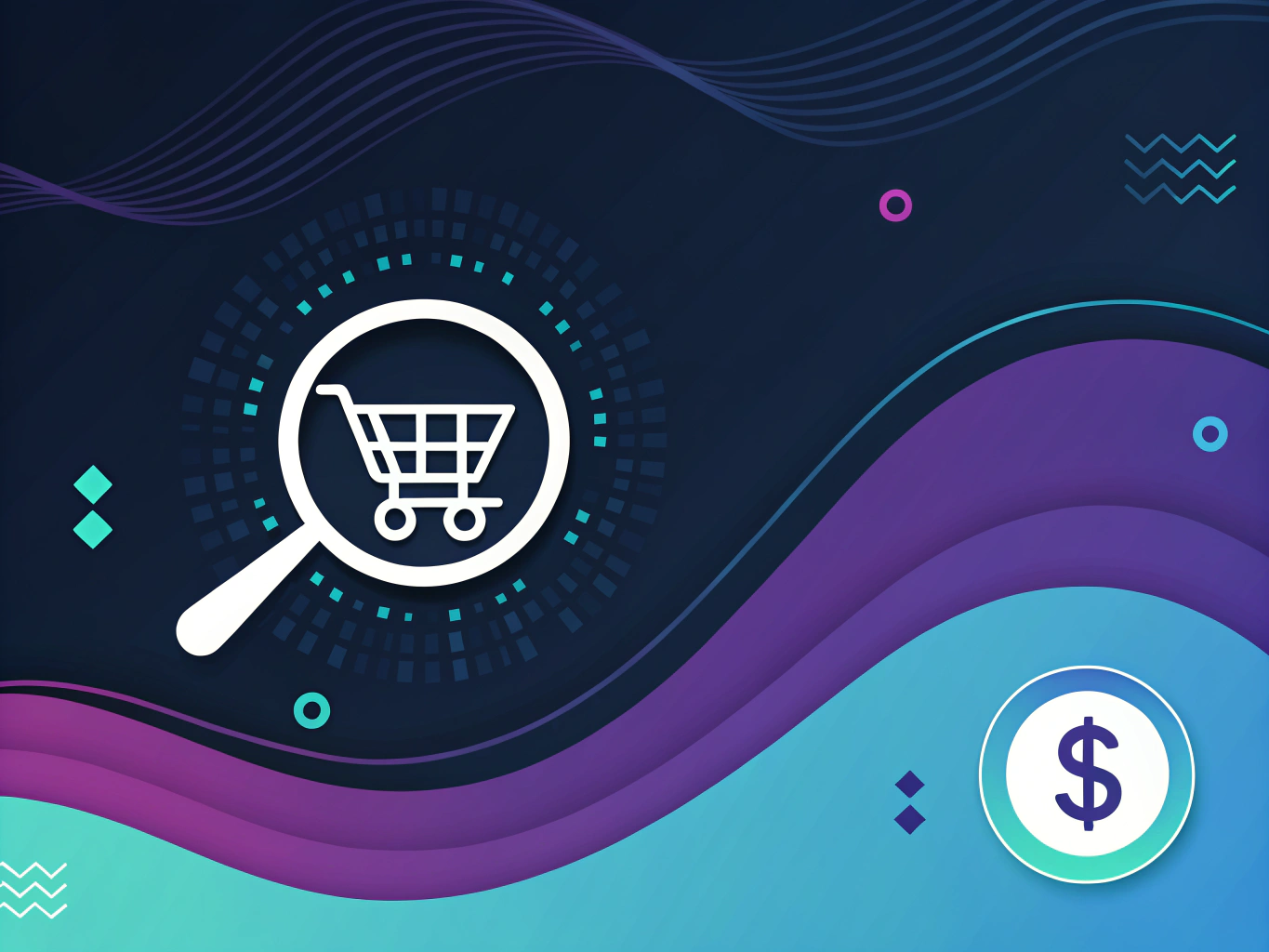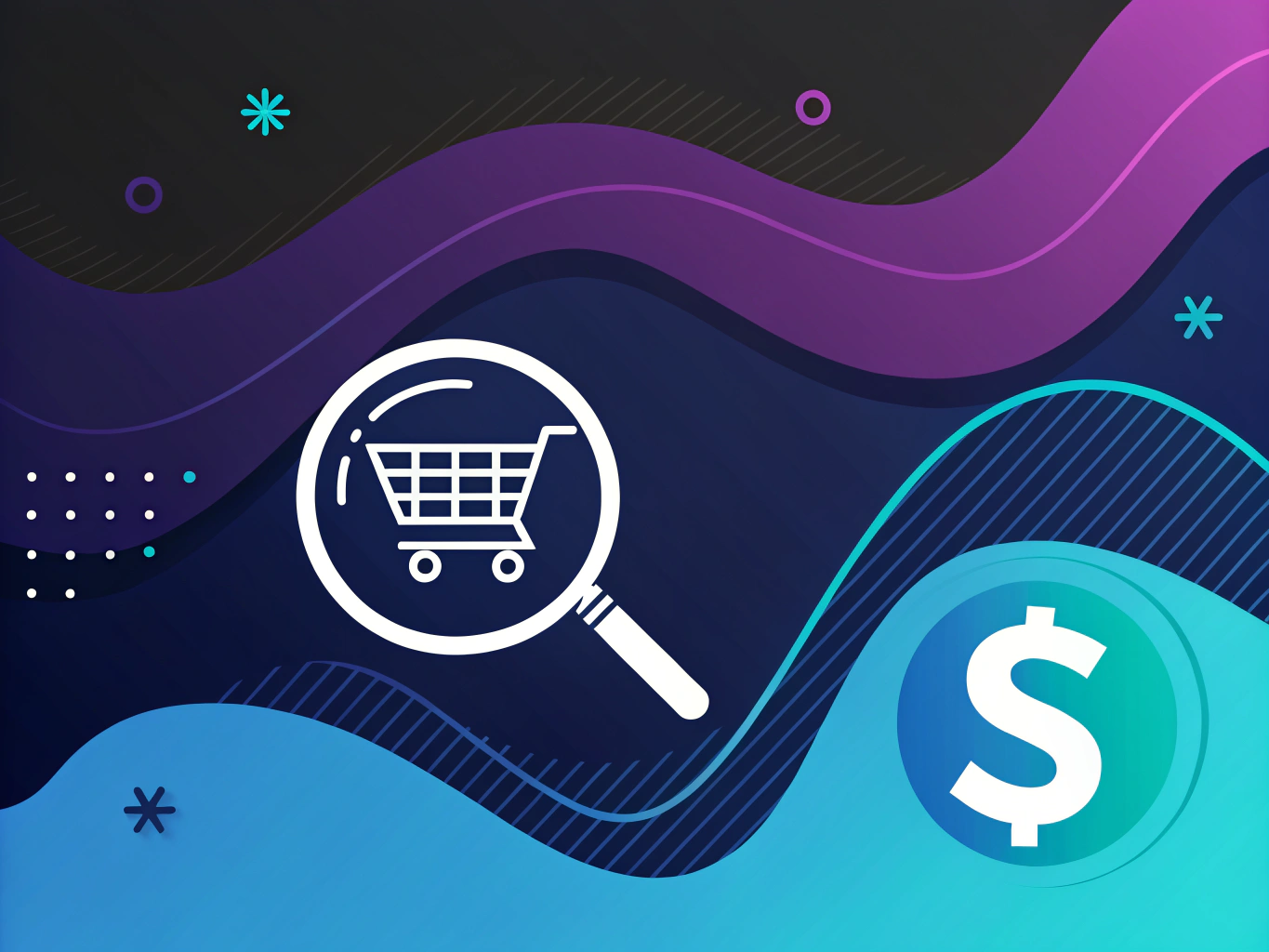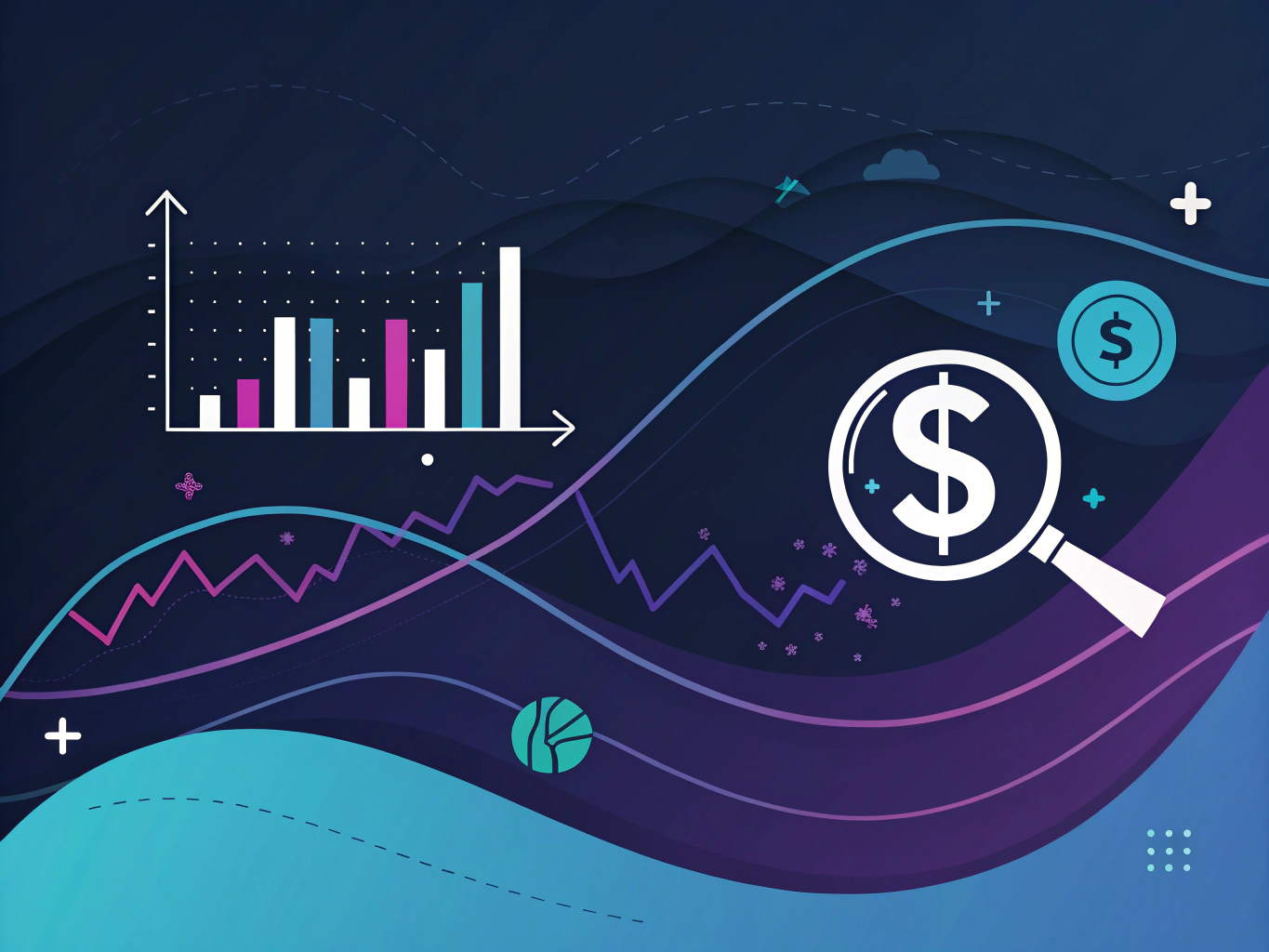Let’s be honest – the dream of building a successful Amazon reselling business feels a bit like trying to catch lightning in a bottle these days. Everyone’s got that one friend who “made it big” flipping products on Amazon, right? Yet for every success story, there are dozens of sellers struggling to figure out why their perfectly good products aren’t flying off the virtual shelves.

Here’s the thing though – Amazon reselling isn’t dead. Far from it. The platform still processes over 66,000 orders per hour. That’s wild. But success in 2024 requires a lot more strategy than just finding cheap products and listing them at a markup.
I’ve spent years helping brands optimize their Amazon presence, and I’ve watched the landscape evolve from the Wild West days of retail arbitrage to today’s sophisticated marketplace. The fundamentals haven’t changed, but the game has gotten more complex – and that’s actually good news for sellers willing to do it right.
How to Start Reselling Items on Amazon: The Foundation
Before we dive into the tactical stuff, let’s get real about what it takes to build a sustainable reselling business on Amazon in 2024. This isn’t a get-rich-quick scheme – it’s a legitimate business model that requires proper setup and planning. For those interested in diversifying platforms, compare Shopify vs Etsy to see what might fit your business needs.
Choosing Your Amazon Seller Account Type
Your first major decision is picking between a Professional or Individual seller account. Here’s the straight talk: if you’re serious about reselling, go Professional. Yes, it’s $39.99 monthly versus paying per sale with an Individual account. But the Professional account gives you access to bulk listing tools, advanced analytics, and removes the $0.99 per-item fee that can eat into your margins.
Think of it this way – if you’re selling more than 40 items monthly (which you should be aiming for), the Professional account pays for itself. Plus, some categories and features are only available to Professional sellers. Don’t handicap yourself from the start trying to save a few bucks.
Legal Requirements: The Stuff Nobody Wants to Talk About
Look, I get it – business licenses and tax permits aren’t exactly thrilling topics. But ignoring them is like building a house without a foundation. You need:
- A business license (requirements vary by state)
- Sales tax permit(s)
- EIN (Employer Identification Number) from the IRS
- Resale certificate for wholesale purchasing
Skip these, and you’re basically playing Russian roulette with your business. Amazon’s gotten stricter about verification, and trying to fix documentation issues after they flag your account is way more painful than doing it right from the start. You might also be interested in understanding LLC requirements for Shopify if you’re exploring multiple sales channels.
Finding Products to Resell on Amazon: The Smart Way

The Three Main Sourcing Strategies
There are three primary ways to source products for Amazon reselling: retail arbitrage, online arbitrage, and wholesale. Each has its pros and cons, and – controversial opinion incoming – I actually recommend starting with retail arbitrage despite what most “gurus” will tell you. You could also explore Amazon Liquidation Stores for unique sourcing opportunities.
Retail Arbitrage: Your Training Wheels
Retail arbitrage means buying products from physical stores (think Target clearance aisles, Walmart rollbacks, etc.) and reselling them on Amazon, where platforms like Amazon AWD can simplify logistics and inventory storage for resellers. It’s labor-intensive and not super scalable, but it’s the perfect learning laboratory. You’ll develop crucial skills like:
- Understanding price points and margins
- Learning to read Amazon’s Best Seller Rankings
- Getting familiar with restricted categories
- Developing an eye for profitable products
Online Arbitrage: Scaling Up
Once you’ve got your feet wet with retail arbitrage, online arbitrage is the natural next step. It’s the same concept, but you’re sourcing from online retailers instead of physical stores. The beauty here is automation – tools like Tactical Arbitrage can scan thousands of products across multiple websites, comparing prices against Amazon listings to find profitable opportunities. For those keen on optimizing product presentation, check out product image backgrounds ideas.
But here’s what most guides won’t tell you: successful online arbitrage isn’t just about finding price differences. You need to factor in:
- Seasonal trends and demand patterns
- Competition levels and pricing history
- Return rates and customer feedback
- Long-term storage fees if you’re using FBA
Wholesale: The End Game
Wholesale buying is where the real scaling happens. You’re buying directly from manufacturers or authorized distributors at bulk prices. It’s more capital-intensive and relationship-dependent than arbitrage, but it’s also more sustainable and profitable in the long run.
The catch? Getting started with wholesale isn’t as simple as finding suppliers on Alibaba. You need to:
- Build relationships with legitimate suppliers
- Navigate minimum order quantities (MOQs)
- Understand purchase order systems
- Manage inventory forecasting
Here’s a pro tip that took me years to learn: don’t just chase the lowest wholesale prices. Look for suppliers who offer MAP (Minimum Advertised Price) policies and actively protect their brand value. Yes, your margins might be slightly lower, but you’ll have much more stable, sustainable profits in the long run.
Setting Up Your Amazon Reseller Business: More Than Just Clicking “Sign Up”
Look, I’ve helped dozens of brands transition from traditional retail to Amazon, and here’s the thing – setting up an Amazon reseller business isn’t rocket science, but it’s not exactly making toast either. It’s more like building IKEA furniture – follow the instructions, and you’ll get there, but expect a few head-scratching moments along the way.
Creating Your Seller Account: The Foundation of Your Empire
First things first – you need to decide between a Professional or Individual seller account. Think of it as choosing between a pickup truck and a sedan. If you’re planning to move more than 40 items a month (spoiler: you probably will), spring for the Professional account at $39.99 monthly. It’s like Netflix – except instead of binge-watching shows, you’re building a business.
The account setup process itself is pretty straightforward, but Amazon’s going to want to verify you’re a real person (and not, you know, an AI trying to take over the marketplace). You’ll need:
- Government-issued ID
- Bank account info
- Credit card details
- Tax information
- Phone number for verification
How to Resell Items on Amazon: The Product Sourcing Game

Here’s where things get interesting. Remember when you were a kid and played ‘buy low, sell high’ with baseball cards? This is basically that, but with better tech and actual money—whether you’re reselling general items or learning how to sell a book on Amazon effectively. Let’s break down your options:
Retail Arbitrage: The Modern Treasure Hunt
Retail arbitrage is like being a professional bargain hunter. You’re basically wandering through Target, Walmart, or wherever, scanning products with your phone to find items you can flip for a profit on Amazon. It sounds simple, but there’s an art to it.
Pro tip: Download the Amazon Seller app. It’s like having x-ray vision for profit margins. Point it at a barcode, and it’ll show you the current Amazon price, fees, and potential profit. I’ve seen people build six-figure businesses starting with just this strategy and a few hundred bucks.
Online Arbitrage: Digital Treasure Hunting
Online arbitrage is retail arbitrage’s introvert cousin. Instead of hitting physical stores, you’re surfing online retailers looking for deals, often using competitive intelligence tools to analyze trends and find profitable opportunities. Tools like Tactical Arbitrage or Helium 10’s Black Box can automate this process, but they’re not magic wands – you still need to know what you’re looking for.
Wholesale Sourcing: Playing in the Big Leagues
This is where things get serious. Working directly with manufacturers or distributors means better margins, but it also means more upfront investment and relationship building. It’s like dating – you need to prove you’re worth their time.
Product Selection and Analysis: Don’t Trust Your Gut
I’ve seen too many resellers crash and burn because they “had a feeling” about a product. Use tools like Jungle Scout, Helium 10, or ProductScope to analyze:
- Monthly sales volume
- Competition levels
- Price history
- Seasonal trends
- BSR (Best Sellers Rank)
Competition Analysis: Know Your Battlefield
Here’s something most guides won’t tell you: the best product isn’t always the one with the highest profit margin. Sometimes it’s the one with the most stable competition. Look for listings with:
- 3-5 main competitors (not 50)
- Consistent pricing (no crazy price wars)
- Room for optimization (poor listings you can improve on)
Profitability Assessment: The Math That Matters
Let’s talk numbers. Your target profit margin should be at least 30% after ALL fees. Here’s a quick breakdown:
- Product cost
- Amazon fees (FBA, referral)
- Shipping to Amazon
- Returns (estimate 2-5%)
- PPC costs (if you’re planning to advertise)
If you can’t hit that 30% margin consistently, move on. There are literally millions of products on Amazon – don’t get emotionally attached to one that doesn’t make financial sense.
Inventory Management: The Art of Not Running Out

Managing inventory is like playing Tetris – it’s all about timing and space. Too much inventory ties up capital and racks up storage fees. Too little means lost sales and angry customers. The sweet spot? About 2-3 months of inventory based on your sales velocity.
FBA vs. Self-Fulfillment: Choose Your Adventure
FBA (Fulfillment by Amazon) is like having a personal logistics team. Yes, it costs more, but it handles storage, shipping, returns, and customer service. Plus, your products become Prime-eligible, which is huge for conversion rates. For most resellers, especially beginners, FBA is the way to go.
Remember: Amazon’s not just a marketplace – it’s a customer service company that happens to sell stuff. They take that Prime badge seriously, and your metrics need to reflect that standard.
Advanced Reselling Strategies: Scaling Your Amazon Business
Look, I’ve seen countless Amazon sellers get stuck in the “small business trap” – they’re making decent money but can’t seem to break through to the next level. It’s like having a sports car but never taking it out of second gear. The real magic happens when you start thinking bigger.
Automation: Your Secret Weapon
Here’s something most guides won’t tell you: the difference between a $10K/month and $100K/month Amazon reselling business isn’t just about working harder – it’s about working smarter. Think of automation tools as your digital employees. They don’t need coffee breaks, don’t complain about overtime, and definitely won’t ask for a raise.
I remember when I first started using repricing software – it felt like cheating. While other sellers were manually adjusting prices every few hours, my software was making real-time adjustments while I slept. That’s the kind of advantage that compounds over time. As we look to the future, consider what ChatGPT can do in 2024 for automation.
Building Your Dream Team
You might be thinking, “But Jacob, I’m doing fine on my own!” Sure, and I bet you’re exhausted. The truth is, successful Amazon resellers eventually hit a ceiling – there are only so many hours in a day. This is where team building becomes crucial.
- Virtual Assistants for product research and listing optimization
- Inventory specialists to manage stock levels
- Customer service representatives to handle buyer inquiries
- Accounting professionals to keep your finances in check
Financial Management and Analytics That Actually Matter

Let’s get real about numbers. I’ve seen too many resellers focus on vanity metrics while ignoring the ones that actually impact their bottom line. It’s like measuring your fitness journey by how good you look in gym selfies instead of tracking your actual progress.
The Only Metrics You Need to Track
Forget about tracking every single number Amazon throws at you. Focus on these key metrics:
- Net profit margin per SKU
- Inventory turnover rate
- Return on investment (ROI) per product line
- Customer acquisition cost
- Average order value
Risk Management: Protecting Your Amazon Reselling Empire
Here’s something that keeps me up at night: seeing successful Amazon sellers lose everything because they didn’t protect themselves properly. It’s like building a beautiful sandcastle right next to the ocean – one big wave and it’s gone.
Insurance Isn’t Optional
Get product liability insurance. Yes, it’s an extra expense. Yes, it feels unnecessary when everything’s going well. But trust me, one lawsuit from a defective product can wipe out years of profits. Think of it as your business’s immune system – you don’t appreciate it until something goes wrong.
Diversification Strategies
Remember the old saying about not putting all your eggs in one basket? Well, in Amazon reselling, it’s more like “don’t put all your inventory in one category.” Here’s how to spread your risk:
- Mix high-margin, low-volume products with low-margin, high-volume ones
- Expand into multiple product categories
- Consider international marketplaces
- Develop relationships with multiple suppliers
Future-Proofing Your Reselling Business
The Amazon marketplace of 2024 is wildly different from what it was five years ago, and it’ll be different five years from now. Adaptation isn’t just helpful – it’s necessary for survival. To stay ahead, you might explore resetting algorithms for your social media strategies.
Emerging Trends to Watch
AI and automation are reshaping how we source and sell products on Amazon. Tools like ProductScope AI are making it easier than ever to identify profitable products and optimize listings. But here’s the thing – technology should enhance your business, not replace your judgment.
The future of Amazon reselling isn’t just about selling more stuff – it’s about building brands, creating unique value propositions, and leveraging data in ways that weren’t possible before. The successful resellers of tomorrow will be the ones who can balance automation with human insight, scale with sustainability, and build relationships while maintaining profitability.
Final Thoughts: Your Amazon Reselling Journey
Starting an Amazon reselling business isn’t just about making money (though that’s obviously important). It’s about building something that can grow, adapt, and thrive in an ever-changing marketplace. Whether you’re just starting out or looking to scale your existing operation, remember that success on Amazon is a marathon, not a sprint.
The most successful Amazon resellers I know share one common trait: they never stop learning. They treat every setback as a lesson and every success as a stepping stone to something bigger. They understand that in the world of ecommerce, standing still is the same as moving backward.
So here’s my challenge to you: take what you’ve learned from this guide and start implementing it today. Not tomorrow, not next week – today. Because while the Amazon marketplace might seem saturated, there’s always room for sellers who are willing to put in the work, think strategically, and adapt to change. To further enhance your knowledge, investigate average Shopify store earnings as well.
Remember, every successful Amazon seller started exactly where you are right now. The only difference between them and those who gave up? They kept going when things got tough, learned from their mistakes, and stayed focused on their long-term vision.
Now get out there and start building your Amazon reselling empire. The marketplace is waiting for you.
👉👉 Create Photos, Videos & Optimized Content in minutes 👈👈
Related Articles:
- How to Find Your Shopify Store URL in 3 Easy Steps
- Best Shopify Review Apps: Top 10 Picks for 2024 – ProductScope AI
- Walmart Affiliate Program Guide: Start Making Money Today
Frequently Asked Questions
Can I use Amazon to resell items?
Yes, you can use Amazon to resell items by creating a seller account. Amazon provides a platform for both individuals and businesses to list their products and reach millions of potential customers.
How to start a resell business on Amazon?
Starting a resell business on Amazon involves sourcing products at a lower cost and selling them at a profit. You’ll need to choose a selling strategy, such as retail arbitrage, online arbitrage, or wholesale, and manage aspects like inventory, shipping, and customer service.
How to resell items on Amazon?
To resell items on Amazon, first create a seller account and choose your selling plan. Then, source products to resell, list them on Amazon with competitive pricing, and optimize your product listings to attract buyers.
How to buy and resell items on Amazon?
Buying and reselling items on Amazon involves sourcing products through retail arbitrage, online arbitrage, or wholesale suppliers. Once you have your products, list them on Amazon, set competitive prices, and manage your inventory and customer orders effectively.
How to resell items on Amazon for free
While there are some costs associated with reselling on Amazon, such as selling fees, you can start with minimal investment by using the Individual selling plan, which charges per item sold rather than a monthly fee. Focus on sourcing items at low or no cost, such as clearance sales or unused personal items, to minimize upfront expenses.
About the Author
Vijay Jacob is the founder and chief contributing writer for ProductScope AI focused on storytelling in AI and tech. You can follow him on X and LinkedIn, and ProductScope AI on X and on LinkedIn.
We’re also building a powerful AI Studio for Brands & Creators to sell smarter and faster with AI. With PS Studio you can generate AI Images, AI Videos, Chat and Automate repeat writing with AI Agents that can produce content in your voice and tone all in one place. If you sell on Amazon you can even optimize your Amazon Product Listings or get unique customer insights with PS Optimize.
🎁 Limited time Bonus: I put together an exclusive welcome gift called the “Formula,” which includes all of my free checklists (from SEO to Image Design to content creation at scale), including the top AI agents, and ways to scale your brand & content strategy today. Sign up free to get 200 PS Studio credits on us, and as a bonus, you will receive the “formula” via email as a thank you for your time.
